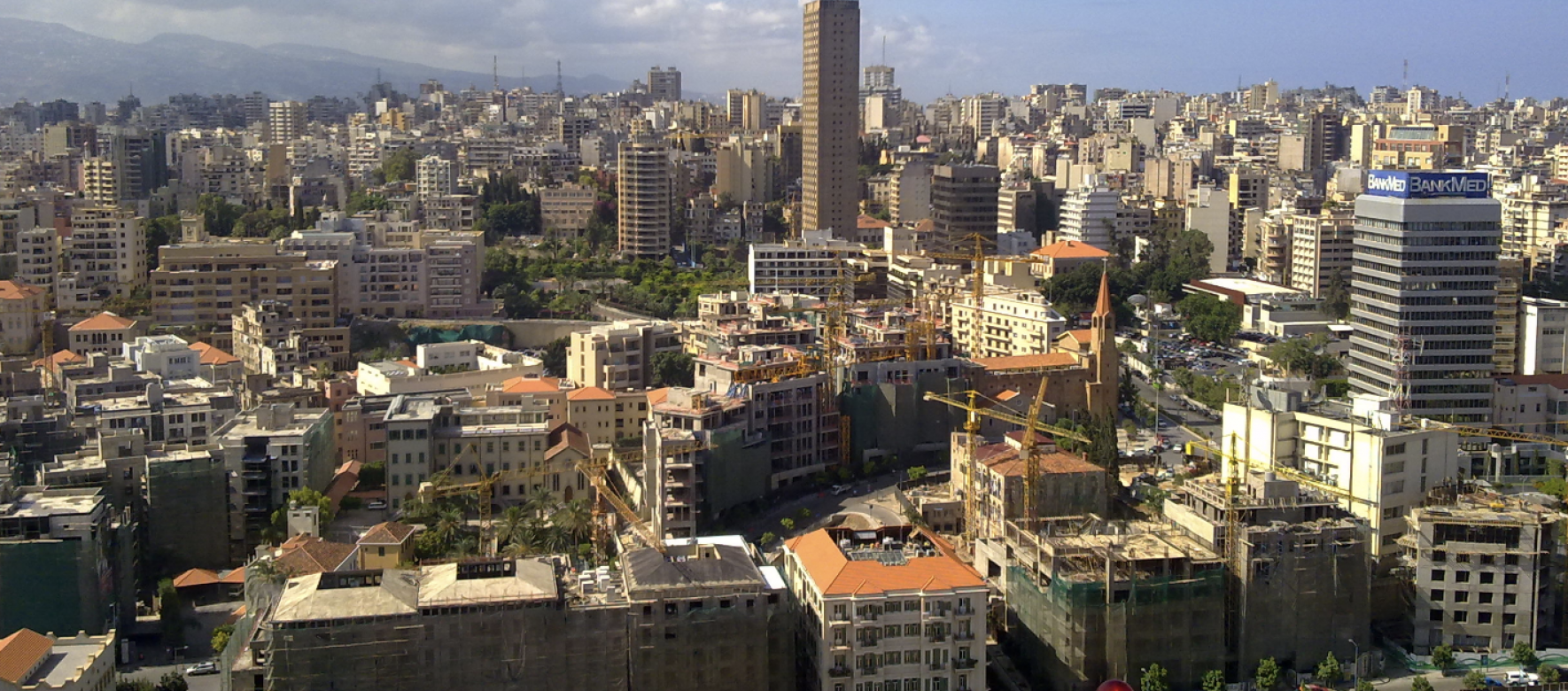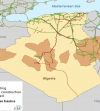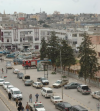The economic overlap between Syria and Lebanon is long-standing and involves the exposure of both countries to the shocks and instabilities of their neighbor. This economic intermingling is linked to the commercial and financial integration advanced at the end of the Ottoman Empire, then during the French mandate and the independence processes. The two economies thus shared a single currency and central bank (Bank of Syria and Lebanon) between 1920 and 1963, the year the Bank of Lebanon was created.
The slowdown in the activity of the Lebanese banking sector began with the start of the Syrian civil war, which had significant repercussions on the Lebanese economy.
This is in fact largely dependent on foreign direct investments, expatriate transfers and tourist receipts, three sources of income affected by the regional security deterioration due to the Syrian civil war and the development of Daesh between 2014 and 2017. Thus, the net reserves of the Bank of Lebanon became negative from 2014 (around -6.6 billion USD).
Furthermore, although difficult to estimate, the economic impact of the presence of Syrian refugees in Lebanon is considerable: according to the World Bank, the cumulative impact of welcoming refugees between 2012 and 2014 would have widened Lebanon’s budget deficit. of USD 2.6 billion.
Conversely, the Syrian economic situation has worsened in the wake of the Lebanese financial crisis.
The Lebanese financial and banking system collapsed from October 2019 and resulted in the inability of Lebanese banks to make transfers due to a shortage of liquidity. This situation has had significant consequences for Syria, with many Syrian depositors and traders opening bank accounts in Lebanon to facilitate their business while taking advantage of the high interest rates offered by Lebanese banks.
Furthermore, the involvement of Lebanese banks in Syria was greatly reduced following the financial crisis.
In 2022, the results of Lebanese bank subsidiaries in Syria recorded a drop of 60% compared to 2021; results linked to the lack of liquidity in the banks and the aggravated depreciation of the Syrian pound.
In addition, this interconnection between the two countries was illustrated by the exponential and parallel depreciation of the two currencies to historic levels between 2020 and 2023. The implosion of the Lebanese economic model from 2019 and the conflict in Syria have thus very strongly limited investment flows between the two countries and caused a restructuring of the banking landscape in Syria.
Commercial relations – formal and informal – remain very close between the two countries
Lebanon shares all of its open land borders with Syria, including through four border crossing points. For Syria, Lebanon remains a leading trade partner (USD 467 million in bilateral trade in 2022).
Over the last decade, we have observed a stagnation in the level of Lebanese imports from Syria (around 116 M USD per year since 2015), and a more random fluctuation in Lebanese exports (on average 200 M USD per year since 2015).
To these formal flows must be added informal flows, which are very important between the two countries. Drug trafficking, particularly captagon, has exploded in Lebanon due to the war in Syria.
Apart from drugs, other trafficking has developed between Lebanon and Syria, which has notably taken advantage of the subsidy policies practiced in these two countries and the needs of war, particularly concerning the supply of fuel.
Source: French Embassy in Lebanon








Réagissez à cet article